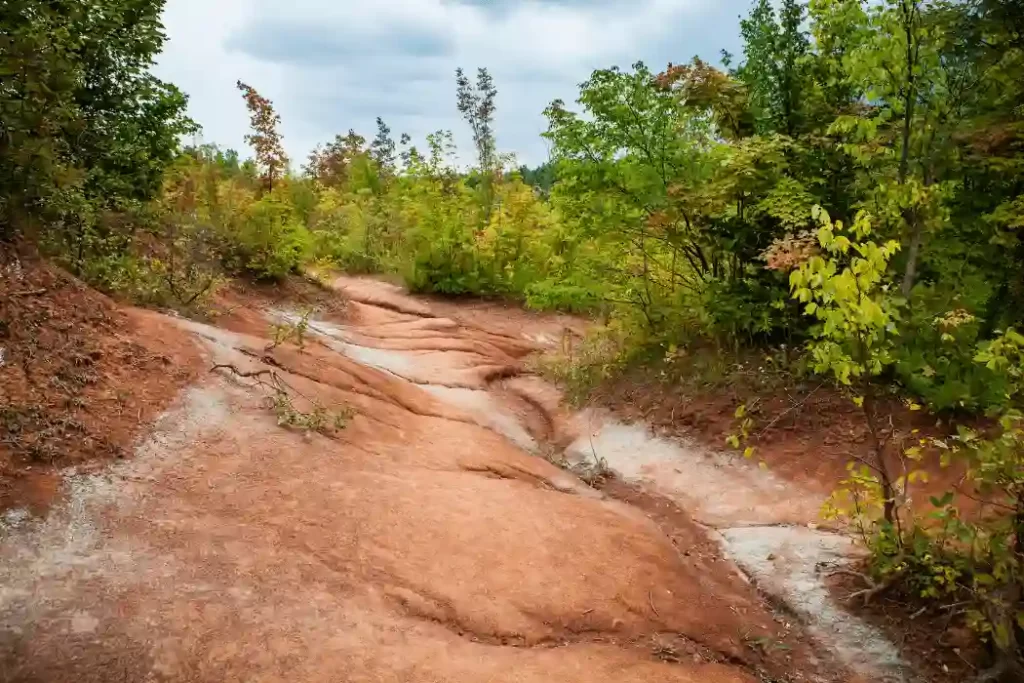Overgrazing, a consequence of intensive livestock grazing, poses significant threats to ecosystem health and sustainability. This practice involves allowing livestock to graze on land beyond its carrying capacity, leading to the degradation of vegetation, soil erosion, and reduced biodiversity. Overgrazing is a significant source of knowledge when it comes to understanding the threats posed to ecosystem health and sustainability. In this article, we will explore the various ecological consequences of overgrazing and discuss the importance of implementing sustainable grazing practices to mitigate these issues.
Understanding Overgrazing
Overgrazing occurs when the number of animals grazing on a particular area of land exceeds its natural capacity to regenerate vegetation. This leads to the depletion of plants, soil erosion, and alteration of the ecosystem structure. Livestock, such as cattle, sheep, and goats, consume vegetation faster than it can regrow, resulting in a degradation of the land.

The Impact of Overgrazing on Ecosystem Health
Loss of Vegetation
One of the primary consequences of overgrazing is the loss of vegetation. When plants are excessively grazed, they are unable to recover, leading to a decline in their overall biomass and productivity. This loss disrupts the balance of the ecosystem, as vegetation plays a crucial role in nutrient cycling, soil stability, and carbon sequestration.
Soil Degradation
Overgrazing also contributes to soil degradation. When animals continuously graze on an area, they remove the protective cover of plants, leaving the soil exposed to erosion caused by wind and water. As a result, the topsoil, which is rich in nutrients, is eroded, reducing its fertility and impairing its ability to support healthy plant growth.
Water Depletion
Overgrazing can also lead to water depletion. When the vegetation cover is diminished, the soil loses its ability to retain water, resulting in increased runoff and reduced water infiltration. This not only affects the availability of water for plants but also contributes to the degradation of aquatic habitats downstream.
Consequences for Biodiversity
Overgrazing poses a significant threat to biodiversity. As vegetation is depleted, the habitat and food sources for various plant and animal species are compromised. Native grasses, herbs, and shrubs that provide critical resources for wildlife are often replaced by invasive species or simply disappear, leading to a loss of biodiversity and disruption of ecological balance.
Effects on Wildlife
The impacts of overgrazing extend beyond vegetation loss. Wildlife species that depend on specific habitats and food sources are adversely affected. Overgrazed landscapes offer limited resources, forcing animals to migrate or compete for scarce food and shelter. This can lead to population declines, habitat fragmentation, and even local extinctions.
Overgrazing and Climate Change
Overgrazing exacerbates climate change. As vegetation is depleted, there is a reduction in carbon sequestration, contributing to increased greenhouse gas concentrations in the atmosphere. Moreover, the loss of vegetation cover diminishes the land’s ability to absorb and retain rainfall, leading to more frequent and severe droughts.
Sustainable Grazing Practices
Implementing sustainable grazing practices is crucial to mitigate the threats posed by overgrazing. Here are some key strategies:
- Rotational Grazing: Divide grazing areas into smaller paddocks and rotate livestock periodically to allow vegetation time to recover.
- Rest and Recovery Periods: Provide resting periods for grazing areas to enable vegetation regrowth and prevent overexploitation.
- Proper Stocking Rates: Ensure that the number of animals grazing is within the carrying capacity of the land to avoid overgrazing.
- Water Management: Implement water management strategies, such as creating watering points away from sensitive areas, to prevent soil erosion and water depletion.
The Role of Stakeholders in Mitigating Overgrazing
Addressing overgrazing requires the collaboration of various stakeholders, including:
- Livestock owners and ranchers who can adopt sustainable grazing practices.
- Environmental organizations that promote awareness and conservation efforts.
- Government agencies responsible for implementing policies and regulations to protect ecosystems.
- Researchers and scientists who provide valuable insights into the ecological impacts of overgrazing.
Education and Awareness Programs
Education and awareness programs play a vital role in combating overgrazing. By promoting the importance of sustainable grazing practices and the ecological consequences of overgrazing, these programs can empower livestock owners and the general public to make informed decisions that benefit both ecosystems and livelihoods.
Policy and Regulation
Effective policies and regulations are essential for mitigating overgrazing. Governments can establish guidelines on proper grazing management, provide incentives for adopting sustainable practices, and enforce penalties for non-compliance. Collaborative efforts between policymakers, scientists, and stakeholders are necessary to develop comprehensive and adaptive policies that address regional and local challenges.
Conclusion
Overgrazing poses significant threats to ecosystem health and sustainability. It leads to the loss of vegetation, soil degradation, water depletion, and negative impacts on biodiversity and wildlife populations. By implementing sustainable grazing practices, involving stakeholders, and raising awareness, we can mitigate the adverse effects of overgrazing and work towards preserving and restoring the health of our ecosystems.
FAQs
1. How does overgrazing affect soil erosion?
Overgrazing removes the protective cover of plants, leaving the soil exposed to erosion caused by wind and water. This leads to the degradation of topsoil, reduced fertility, and increased runoff.
2. Can overgrazing lead to the extinction of species?
Yes, overgrazing can result in habitat loss and the decline of food sources, leading to population declines, habitat fragmentation, and local extinctions.
3. What are the primary consequences of overgrazing?
The primary consequences of overgrazing include loss of vegetation, soil degradation, water depletion, reduced biodiversity, and adverse effects on wildlife.
4. How can sustainable grazing practices help mitigate overgrazing?
Sustainable grazing practices such as rotational grazing, rest and recovery periods, proper stocking rates, and water management strategies allow vegetation to recover, prevent overexploitation, and minimize environmental impacts.
5. What is the role of stakeholders in addressing overgrazing?
Stakeholders, including livestock owners, environmental organizations, government agencies, and researchers, play a crucial role in adopting sustainable practices, raising awareness, and developing policies to mitigate overgrazing.


